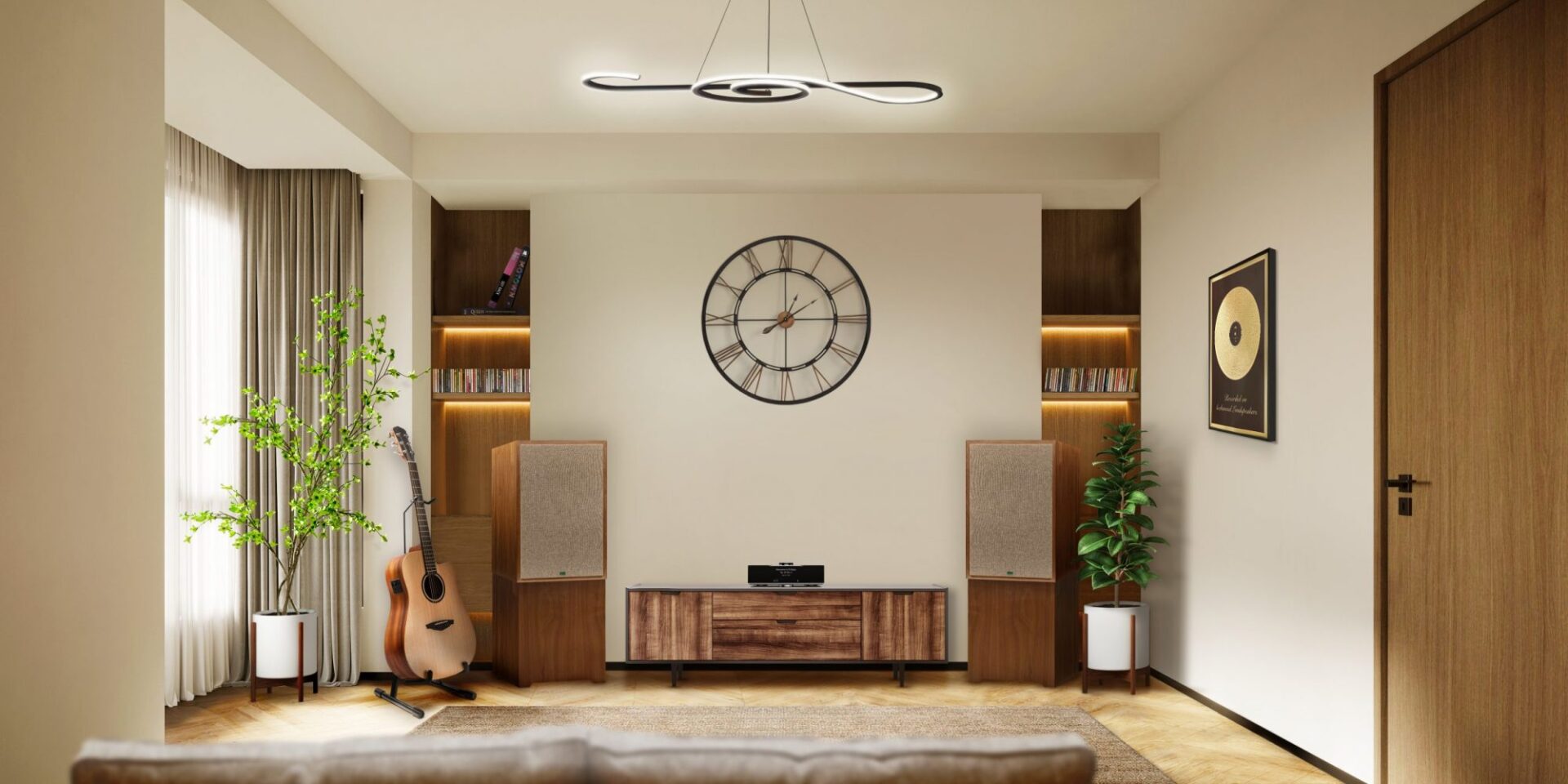https://lockwoodloudspeakers.co.uk/lockwood-hit-list
https://lockwoodloudspeakers.co.uk/lockwood-studios
If Lockwood isn’t a household name in audiophile homes, it makes you wonder why not? Especially given the rekindling interest in loudspeakers built around dual-concentric driver designs: especially as the company is alive and kicking and still producing its classic monitors.
The Lockwood speaker range still consists of its five classic models, all built into wide baffle, shallow footprint, walnut veneered, birch-ply cabinets. The Mini is a compact stand/shelf mount built around the Lockwood 10” Green HPD/SL D-C driver. The Academy is a larger, pseudo-floorstander (a short plinth is recommended) using the 12” driver, while the Academy II is a genuine floor-stander with a 15” driver. All three (unusually for Tannoy-related dual-concentric designs) employ sealed cabinets, the drivers concealed behind full depth grilles. At the top of the range stand the large, broad-baffle LE1 and the even larger/broader Major, with its integral plinth and stubby legs. These are both reflex designs, with truncated grilles that, combined with their sharp-edged cabinet profile succeed in looking oddly (even slightly disturbingly) modern. Is it wrong to find speakers with a baffle this wide attractive? In certain audiophile circles it could easily get you excommunicated!

But, although outwardly identical to the originals, these modern Lockwoods are essentially evolved and highly developed versions of those earlier speakers – not least when it comes to the drive units. Back in 1984, Lockwood was Tannoy’s biggest OEM customer, with their monitors widely used by both the pro studios and the BBC. Perhaps not surprisingly, Tannoy saw an opportunity to boost waning sales and cut Lockwood off overnight, leaving the company to scavenge for NOS drivers when and where they could find them. Along the way, they developed their own spare parts for things like the tweeter diaphragms, but when the family (and Lockwood is still a family owned business) decided to revitalize the brand and develop the domestic market, they clearly needed to secure a more reliable source of drivers. They approached Volt and asked them to refine and remanufacture the original 1970’s Tannoy HPD units, in 10”, 12” and 15” diameters. It was a process that involved securing the original presses used to stamp the bass/mid cones from Czechoslovakia and East Germany and transporting them back to the UK. Volt retained the AlNiCo magnet structure but improved the consistency of the motor parts, closing the magnetic gap to increase performance. New, better-vented driver baskets were produced and various cosmetic covers and terminals dispensed with or improved. The problematic foam surround was replaced and the pepper-pot wave-guide (always a source of significant variation in original Tannoy drivers) was completely re-engineered to far tighter tolerances. The result is a drive unit that retains the virtues of the original design but delivers greater consistency and sensitivity. The crossover has been adjusted to compensate for the new electrical characteristics and the now stiffer cone. Along the way, the crossover components have been updated and the tweeter level control is now co-located with the crossover, delivering another boost in performance and consistency. The birch-ply cabinets are still manufactured and finished in the UK factory.

